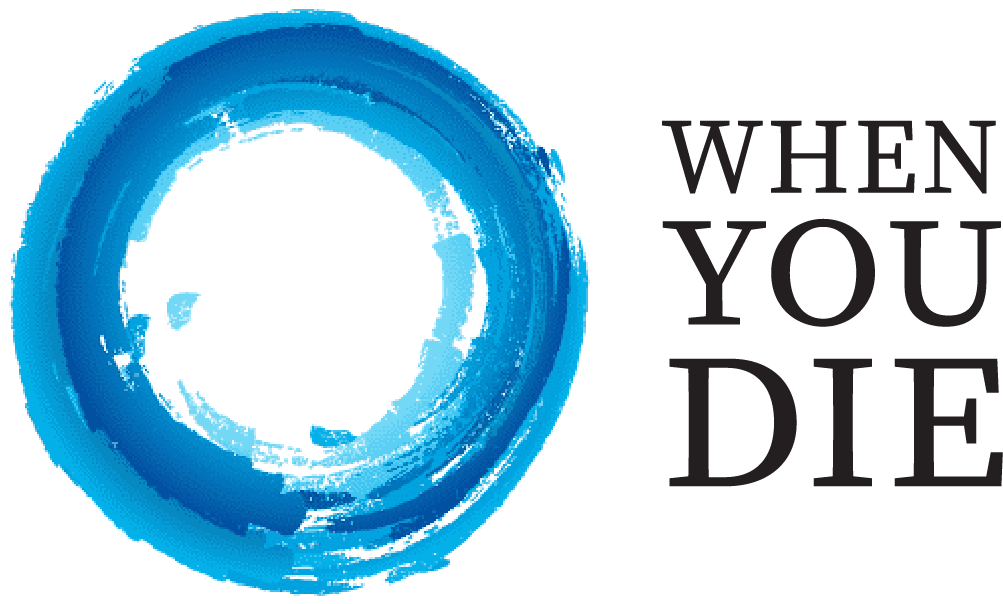Specifically, what I do is advocate for palliative care. Because it’s not just about the person who has the cancer, it’s about their family members who are caught off guard, who don’t have the resources, financial, emotional, or economic. Who’s going to help these people? – Dianne Gray

